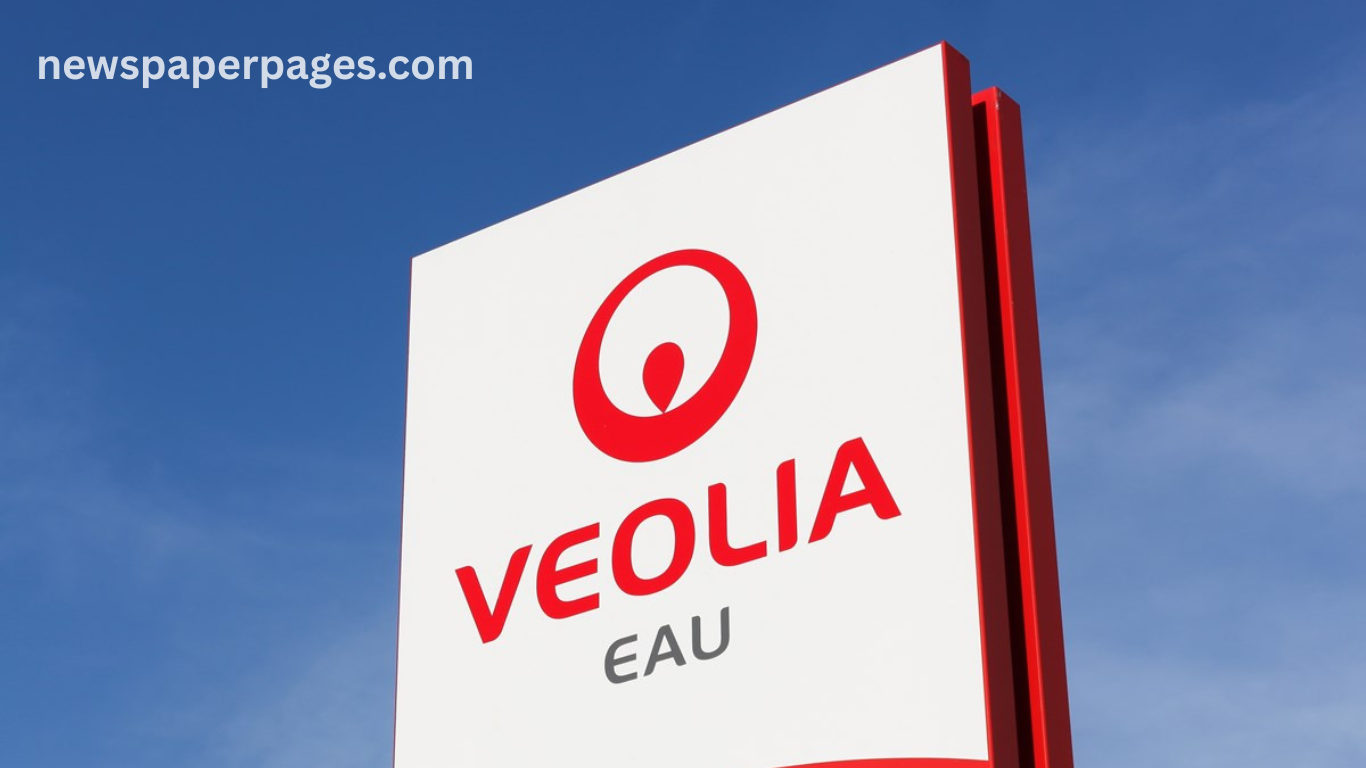In a strategic move that reinforces its position as a global leader in environmental services, Veolia has agreed to acquire CDPQ’s (Caisse de dépôt et placement du Québec) minority stake in Water Technologies and Solutions (WTS) for $1.75 billion. The deal highlights Veolia’s continued investment in water treatment innovation and sustainability, a critical area in the face of growing global environmental challenges.
CDPQ, a Canadian institutional investment group, acquired its stake in WTS as part of a joint investment structure following Veolia’s acquisition of SUEZ. With this transaction, Veolia will regain full ownership of WTS, enabling tighter strategic control and expanded integration opportunities across its water and environmental portfolios. The move is set to streamline operations, boost financial returns, and solidify Veolia’s dominance in the water solutions market.
Veolia Strengthens Its Global Water Leadership
This acquisition further cements Veolia’s leadership in water services. By reclaiming full ownership of WTS, Veolia can unify its operations, simplify its business model, and enhance service delivery across more than 100 countries. The move aligns with Veolia’s vision to address water scarcity and climate change through cutting-edge solutions.
Strategic Importance of WTS to Veolia’s Portfolio
Water Technologies and Solutions is a key driver of Veolia’s innovation efforts. WTS specializes in advanced water treatment systems and digital monitoring technologies. The unit’s expertise helps industries and municipalities efficiently manage water resources, making it central to Veolia’s future growth and sustainability strategy.
Implications for Sustainability and Environmental Goals
Veolia’s complete acquisition of WTS boosts its capabilities in promoting environmental responsibility. The integration supports sustainable resource management, wastewater reuse, and pollution control. By reinforcing its technological base, Veolia is better positioned to meet its environmental targets and serve clients seeking eco-friendly water solutions.
Read More : Norway’s DnB Bank Beats Market Expectations on Increased Customer Activity
Financial Details and Deal Structure
The $1.75 billion cash transaction underscores investor confidence in the value of WTS. CDPQ had held a 30% stake, and its exit gives Veolia 100% control. The deal will be funded through existing liquidity and is expected to close by the end of Q3 2025, pending regulatory approval.
Impact on Global Water Industry Dynamics
This consolidation marks a significant shift in the water industry landscape. With WTS under complete control, Veolia may accelerate innovation and set new benchmarks in water treatment services. Competitors may respond by increasing their investments or forming alliances to remain competitive.
CDPQ’s Exit and Future Investment Focus
CDPQ’s divestment aligns with its broader strategy to rebalance its portfolio and focus on new growth sectors. While it exits WTS, the Canadian pension fund remains active in other sustainability-driven ventures and infrastructure investments around the world.
Frequently Asked Questions
Why did Veolia decide to buy CDPQ’s stake in WTS?
Veolia aims to gain complete strategic control of WTS to streamline operations, improve integration, and enhance its global water solutions offerings.
What is Water Technologies and Solutions (WTS)?
WTS is a business unit that provides advanced water treatment technologies and services for industrial and municipal clients worldwide.
How much did Veolia pay for CDPQ’s stake?
Veolia agreed to pay $1.75 billion in cash for CDPQ’s 30% minority stake in Water Technologies and Solutions.
When is the deal expected to close?
Subject to regulatory approvals, the transaction is expected to close by the end of the third quarter of 2025.
How does this acquisition affect Veolia’s sustainability goals?
Owning 100% of WTS allows Veolia to better align its water technology operations with its climate and sustainability targets.
What role did CDPQ play in WTS?
CDPQ was a minority investor, holding a 30% stake in WTS after Veolia acquired SUEZ. During this phase, CDPQ supported WTS’ growth.
Will this deal impact Veolia’s financials?
Veolia expects the deal to be value-accretive in the medium term, strengthening both its earnings and operational efficiency.
What does this mean for the global water industry?
The move could shift market dynamics, prompting other major players to reevaluate their strategies and invest more in innovation.
Conclusion
Veolia’s acquisition of CDPQ’s stake in Water Technologies and Solutions underscores its ambition to lead the global water industry. The move enhances operational control, innovation capacity, and sustainability alignment. Stakeholders should watch how this consolidation reshapes the sector in the years to come.

